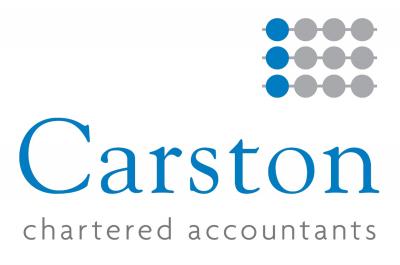Since its inception, IR35 has been a point of contention with many in the construction industry.
Controversial reforms and subsequent U-turns have added to frustrations associated with the already much-maligned legislation.
If you’re unsure how the current state of IR35 affects your reporting requirements to HMRC, this article will give you all the information you need.
A troubled history
First introduced in 2000, IR35 is a set of legislative measures which aim to combat tax avoidance by ‘off-payroll’ workers. By levelling the playing field, IR35 means that self-employed workers pay the same as their PAYE-registered counterparts.
In 2017, the first IR35 reform, which targeted the public sector, came into effect. From then, it was down to the public sector client to determine whether a worker was inside or outside IR35, effectively dictating the worker’s tax position.
Then, in 2021, IR35 extended to the private sector, making it the private client’s responsibility to decide on the worker’s status. So, what does inside or outside IR35 mean?
Inside IR35
If HMRC sees you as working inside IR35, you’re not self-employed for tax purposes. This means an employer will deduct your taxes and National Insurance contributions (NICs).
Outside IR35
If you’re outside IR35, you’ll be seen as genuinely self-employed, meaning you can continue to be responsible for directly reporting and paying your tax and NICs to HMRC.
IR35 2023
Under the previous office of Liz Truss and Kwasi Kwarteng, the IR35 rules were changed yet again. During the mini-budget in September 2022, Kwarteng announced that the public and private sector reforms would be scrapped altogether.
Just a matter of weeks later, Chancellor Jeremy Hunt undid the work of his predecessor and stopped the scrapping of the rules. The announcement was met with frustration from contractor groups and self-employed workers.
This means that public and private sector clients will continue to determine the IR35 status of contractors in the UK.
How is IR35 status determined?
If you’re a contractor, your client will look at three main criteria to determine your status.
Firstly, whether you have the right of substitution. Substitution is a contractor’s ability to provide a replacement worker to continue the service under the existing contract. If you can do this, it might suggest you’re working in a self-employed capacity.
Secondly, if there is a mutuality of obligation, which looks at whether your client is obliged to keep providing you work, and you’re obliged to complete it. This might indicate that your working situation resembles employment rather than self-employment.
Finally is the level of control in your contract. This determines whether the worker is truly independent when working under the contract. The more independent you are, the less likely IR35 will apply.
Are you in or out?
Although it’s the onus of your client to decide your IR35 status, you need to understand what each will mean for you and your obligations to HMRC.
It’s not uncommon for our construction industry clients to talk to us about their IR35 status. So, if you’re unsure what you need to do to stay compliant, we’ll be happy to help you.
Get in touch to discuss your IR35 status.

